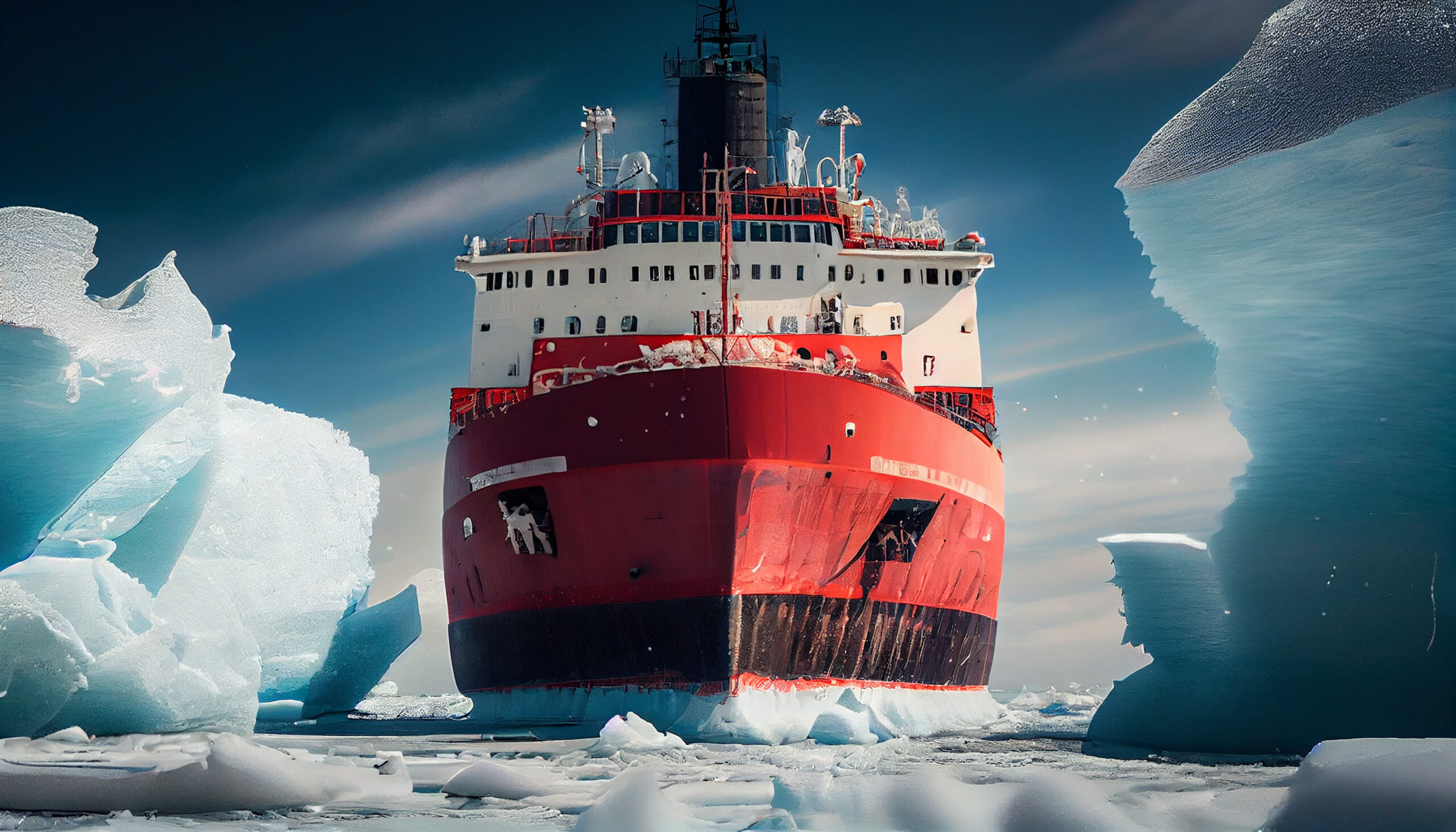The Economist tells readers that increasing threats in the Red Sea and a severe drought hitting the Panama Canal show how vulnerable shipping routes can become. Conflicts and droughts could push shipping routes to the north through the Arctic as ice cover continues to melt. The only problem is Russia’s growing fleet of icebreakers and its military buildup. Both China and Russia are investing heavily in the Arctic.
Shipping lanes are under pressure. Seven of the world’s ten biggest shipping companies have suspended transit through the Red Sea, where the Houthis, a Yemeni rebel group, are attacking commercial vessels. As a result far fewer ships are using the Suez Canal, a shortcut from the Indian Ocean to the Mediterranean Sea. The volume of trade passing through the Panama Canal, which connects the Atlantic and Pacific Oceans, has declined by 30% since November, after severe drought hit its reservoirs, lowering the water level. The spot rate for sending a 40-foot container from China to northern Europe has risen by 283% since early-December, according to figures from Freightos, an online freight marketplace.
There is a tantalising alternative for long-distance sea trade: a series of routes that could cut up to 40% off the length of journeys made via the Suez Canal. But there is a catch: the Northern Sea Route (nsr), North-West Passage (nwp) and Transpolar Sea Route (tsr) cross an ocean covered in ice. […]
The Arctic will struggle to rival established shipping routes. Extreme seasonal weather limits its potential for commercial shipping. But as the ice cover shrinks, its waters will become busier—and Russia will make ever greater use of them.
Putin Announces New Nuclear Icebreaker As Part Of Arctic Fleet Expansion
On January 26, 2024, Russian President Vladimir Putin announced the construction of another nuclear-powered icebreaker to expand the country’s Arctic fleet.
At a ceremony to mark the start of construction of the Leningrad icebreaker in a St. Petersburg shipyard, Putin said the keel of sister ship Stalingrad would also be completed next year. Other ships are also being built for work in the Arctic, Putin added. Russia, which has the largest icebreaker fleet in the world, lays claim to much of the mineral resources stored in the frozen Arctic.
Read more here.
US Ice Breaker Delayed Three Years – First Hull Won’t Deliver Until 2028
The U.S. Coast Guard’s long-gestating heavy ice breaker design won’t be ready until next year, and the first hull likely won’t deliver until 2028 – three years later than the original estimate – according to a new Government Accountability Office report reviewed by USNI News.
“Program officials told us the shipyard originally designed this deck too low in the ship for its intended purpose and had to move the deck because it would be susceptible to flooding if the ship sustained damage, but did not adjust the height of the new deck location. Once the shipyard realized this error, it had to increase the height of this deck. This subsequently required the resizing of tanks, such as those for fuel and potable water, in the cutter’s design. The shipyard finished incorporating these changes into the design by November 2022,” reads the report. “Bollinger Shipyard representatives who took over ownership after this design change occurred told us that the shipyard should have identified something this fundamental earlier in the process because it has spillover ramifications for other parts of the design.”
Read more here.
Also Read:
The Arctic Buildup: A New Cold War (richardcyoung.com)
The U.S. Navy Desperately Needs Icebreakers (richardcyoung.com)
U.S. Coast Guard Admiral: Potential Russian ‘Checkmate’ in the Arctic (richardcyoung.com)





